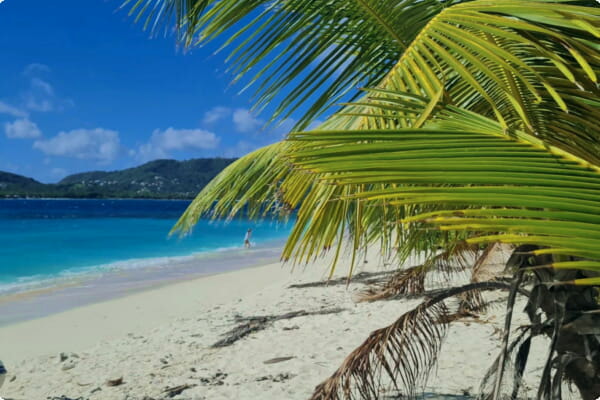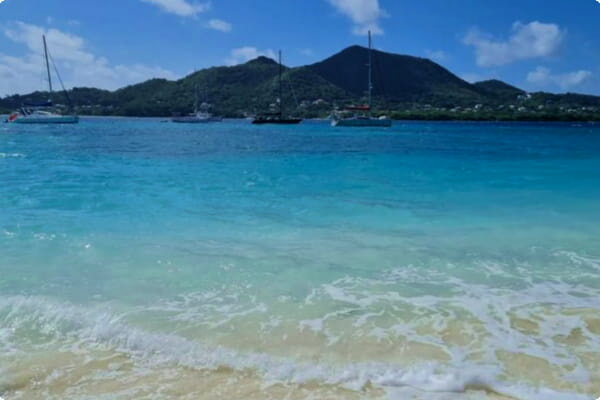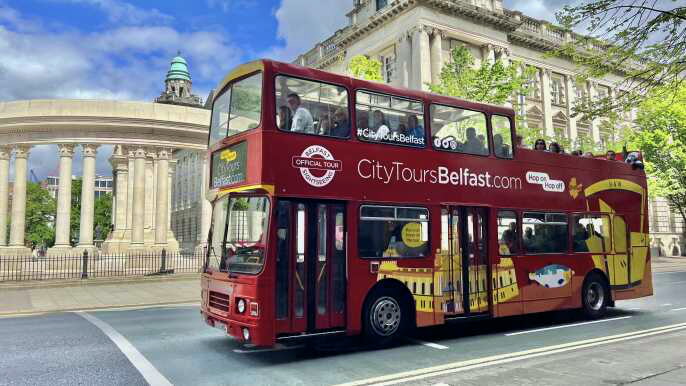Located in the Caribbean, Grenada is known as the "Spice Isle" because of its numerous nutmeg plantations. In addition to its main island, there are a number of smaller islands that are scattered throughout the area.
Bathway Beach
Located on the Atlantic Ocean coast in the northeastern corner of Grenada, Bathway Beach is a popular destination for locals and tourists. The beach has a large natural pool and is surrounded by a barrier reef that provides sheltered waters. It also offers excellent snorkelling opportunities. The beach has an information centre and lifeguards on duty.
The island also has other lesser-known beaches, including White Sand Beach, which is located on the north side of the island. This secluded beach is ideal for relaxing and privacy. It is also located near the Grenada's most famous beach, Grand Anse.
Another beach located on the east side of the island is Prickly Bay Beach. It is one of the best beaches in Grenada to watch boats bobbing in the waters of Prickly Bay. You can find a beach restaurant and restrooms here for a small fee.

On the western side of the island is Aquarium Beach. This beach is a little less sheltered than Grand Anse, but it's worth checking out. It is bookended by the Aquarium restaurant and Grenadian by Rex Resorts. It is also a great place for a picnic. It is also home to a shipwreck.
Another beach worth checking out is La Sagesse Beach. This beach is a short walk from the main road and has a beautiful garden area. This beach also has white sands, making it a great place for a relaxing day in the sun.
If you want to take in Grenada's authentic culture, you should head to Beachcombers Bay. This bay has an interesting history and is perfect for beachgoers who want to hear the waves. It also turns into a party zone during the public holidays.
Levera National Park
Located on the northeastern tip of Grenada, Levera National Park was established in 1992. It contains 450 acres of land and includes many important wildlife habitats. The park also includes the largest mangrove swamps on the island. There are three main areas that make up the park.
The park has a large lagoon, a 23-acre pond surrounded by mangrove islands, and two conical-shaped hills. There are also some excellent scuba diving spots and coral reefs. There are also several boating excursions available.
The park also has a hiking trail that goes around the pond. This area is part of Grenada's national-park system, which is dedicated to protecting rainforests and marine areas. Several operators offer guided bird walks.
Another part of the park is Levera Pond, which is surrounded by white and red mangroves. It is home to a variety of bird species. Several operators offer daytime snorkeling trips to see turtles.

The beach is also part of the barrier reef. Strong currents affect the area, but it is not dangerous. It is also a popular place to go for a picnic. There are food vendors and restrooms at the beach.
The southern end of the beach is usually less crowded. If you are a strong swimmer, you can try to swim to Sugar Loaf Island. If you aren't a strong swimmer, it is best to stick to the designated swimming areas.
The beach at Sauteurs, on the northern tip of Grenada, is one of the island's wildest beaches. There is a great hiking trail and excellent views. However, the beach isn't ideal for swimming because of the strong currents.
The park is accessible by car, but you'll need a four-wheel drive. The entrance is about a mile from the town of Grenville.
Royal Mount Carmel Falls
Among the top attractions in Grenada is the Royal Mount Carmel Falls. The water of the falls is crystal clear, and the waterfall itself is impressive. The area around the falls has plenty of shade, and is a good place to take a quick dip. The falls are also close to several other interesting places.
You can take a short hike to the falls, and it is well worth the effort. You'll get a nice view of the falls, and also a chance to take some photos. It's a quick, easy hike that takes around 10 minutes to reach the falls.
The area around the falls is also a good place for snorkeling. The water is crystal clear, and you can also enjoy a quick dip in the water. It's also a great place to take a picnic.
You can also take a tour of the plantation, which is open daily. There are tours that focus on the gardens and a goat dairy farm. The tour is priced at 13EC ($4.80), and includes lunch.
Another great thing to do is to take a snorkeling tour. There are a couple of companies that offer these tours. One is GR Tours, and the other is Conservation Kayak. Each has a different itinerary. The tours are a great way to see the island, and each company has a unique take on them.
You can also try the Underwater Sculpture Park. This is Grenada's first underwater park, and it's a nice place to explore. The park features 16 concrete statues of an adult human, along with simple modern day objects. The park also features an artificial reef, so snorkelers can admire the underwater display.
Carenage promenade
Located in St. George's, the Carenage is a bustling waterfront promenade. You will find local shops and colorful houses, as well as a lively bar scene. You will also find the Grenada National Museum, which houses a collection of artifacts and information spanning from ancient times to present day.
The museum is split into several sections, including the Plantation Economy, Slavery, Slave Markets, Slave Trade, Slave Trade in the Caribbean, Whaling & Fishing Archaeology, and the Slave-Making Industry. The museum also has a small cafe and souvenir shop.
If you are planning on visiting the islands, you will also want to check out Levera National Park. This park is home to two waterfalls, the largest of which tumbles over 70 feet into the crystalline waters.
The park is also home to Leatherback turtles. They arrive in March and return to the ocean in August. The best time to view them is during a guided tour. The park also has natural pools and a waterfall with a spout that makes the water sparkle.
There are also several museums, including the Grenada National Museum, which is housed in a former warehouse and prison. The museum is filled with artifacts, including a beautiful collection of Caribs. The museum also hosts a variety of cultural performances and outdoor lunches.
Another of the islands' best attractions is the Palm Tree Botanical Garden. It is small, but offers a wealth of information. You can also enjoy a beautiful view of the Caribbean.
One of the most popular attractions in Grenada is the seven sisters waterfall. The waterfall is actually a series of four waterfalls, each with its own unique features. You can take a guided tour of the park, but you will need to pay an entry fee.
Underwater sculpture park
Located in the Caribbean ocean off Grenada, West Indies, the Molinere Underwater Sculpture Park is a collection of ecological underwater contemporary art. The park was created by British sculptor Jason deCaires Taylor. The park was opened to the public in 2006.
The sculptures, which are made of marine cement, are placed on the ocean floor at depths of up to 12 meters. The park is a tribute to marine life, and a statement of environmental activism. They also serve as an artificial reef, which attracts marine life. The sculptures are covered with coral, sponges, and special cement that encourages coral polyps to attach.
The park is accessible only by scuba diving, which allows for a closer look at the sculptures. A day pass for snorkelers costs US$1 and all proceeds go towards the upkeep of the park. The park was listed as one of the top 25 Wonders of the World by National Geographic.
One of the most popular pieces is the Vicissitudes sculpture. The sculpture depicts 26 children holding hands, facing a strong ocean current. The piece is a part of a series of seven, and represents unity and the tranquility of the underwater environment.
Another piece, "The Nutmeg Princess", depicts a fairytale princess emerging from a nutmeg pod. It was inspired by a 1992 book of the same name.
The park was damaged by hurricanes in 2004 and 2005. It was also affected by climate change. Some of the reefs have been destroyed by bleaching, and the temperatures of the oceans have increased.
There are currently seventy-five pieces of sculpture at the park. The park is managed by Grenada Underwater Sculpture Management Inc. The organization has begun adding more sculptures.




